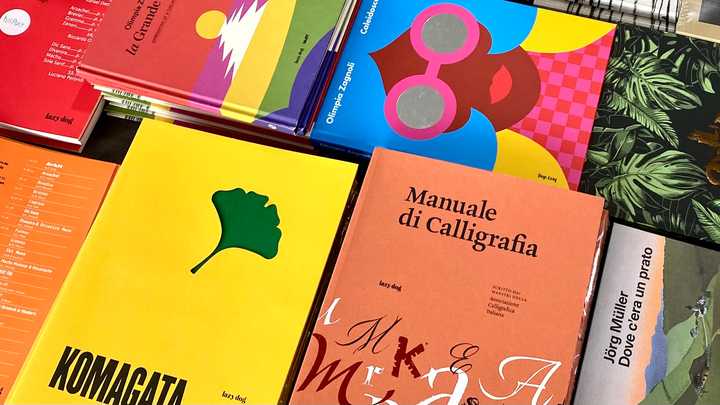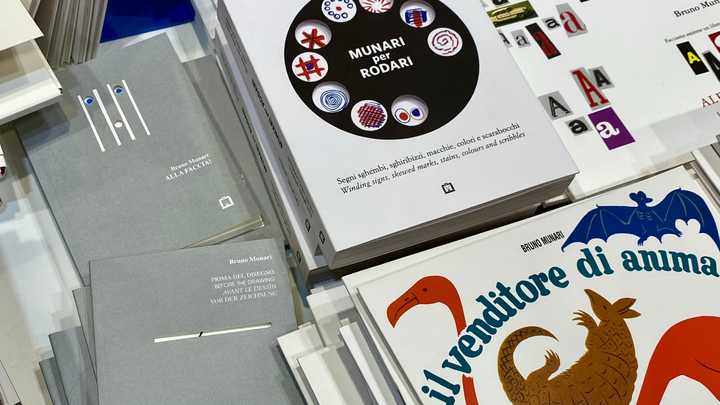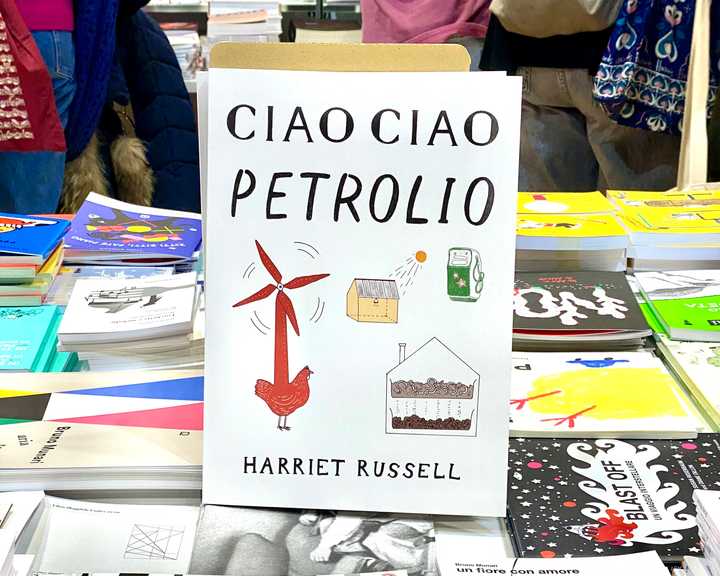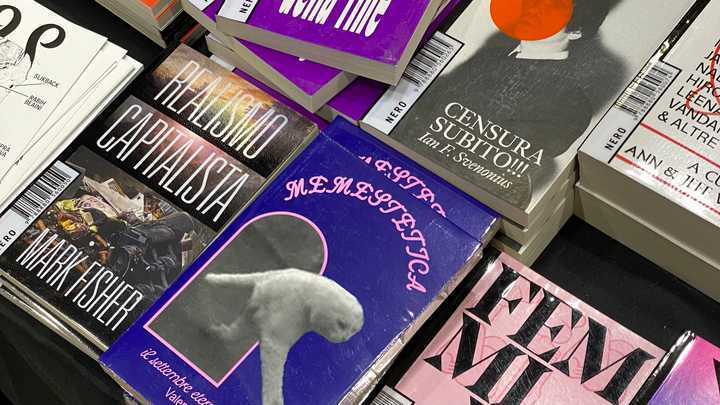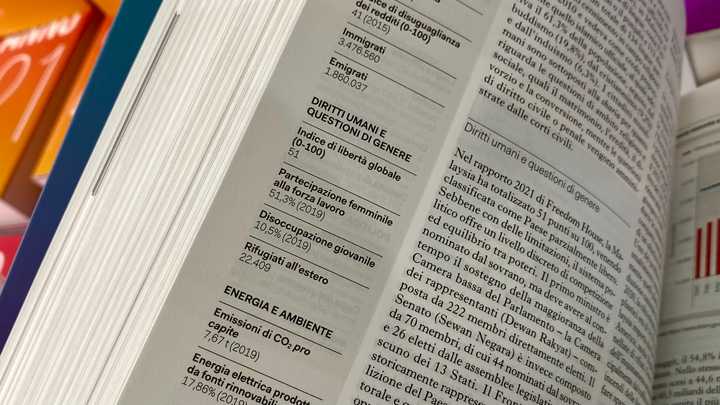Last week, I spent a day at Più libri Più liberi, one of Italy’s best-known book fairs for small and medium publishers in Rome.
Book fairs are where culture is highly concentrated. Seeing what’s being published, what book covers are in fashion, one gets a better sense of what characterizes our time.
Small publishers are a particular kind. Mainstream publishers select titles based on the prospect of commercial success. But for a small independent publisher, each book is a decision. It reflects the reason the publisher exists.
Recently, I visited a book store in Rome where books were arranged not by author or genre but by publisher. It’s especially curious to see non-fiction and fiction put together this way. But it describes well how I see the role of the publisher: the publisher is the curator.
A friend of mine used to say that you should pick up a book you’ve heard mentioned from at least three friends. A publisher can very well be one of these friends.
Più libri Più liberi (wordplay: more books means more freedom) is a big deal in Rome. This year it’s being held for the 20th time. Weeks before the fair, the ads were on every bus stop in the city. It was impossible to miss. Rome and Warsaw’s mayors opened the fair with a talk on city development.
The gigantic convention center in a business district south of Rome was full of journalists, politicians, writers presenting their books, young illustrators, and translators looking for a job.
It took six hours to go through the 400 publishers participating in the fair — knowing Italian helped a big deal. Here are the Italian case editrici to follow.
Lazydog
I saw Lazydog in bookstores around Europe before, but it has never occurred to me it’s an Italian publisher. They publish a small number of high-quality books on design, illustration, and typography.
This time, what caught my eye was a collection of book designs of Katsumi Komagata, a bi-lingual edition in Italian and English.
Komagata creates books for children blending Japanese visual style with the tradition of the Italian artist Bruno Munari: with signature transparent pages, choices of textures, and distinct illustration style.
Corraini Edizioni
Bruno Munari had worked with Coraini his whole life, and even now, their catalog is highly influenced by this collaboration. Corraini makes books for children and adults of extraordinary visual quality.
Munari believed that most books made for children, those colorful ones with silly, overtly primitive images, are created not for the child’s needs but to appeal to the parent who believes those are the qualities a child enjoys in a book.
Children are capable of comprehending more than that, said Munari. His books, with simple narratives of sincere curiosity, do not look primitive. Their visual quality is of books on art and design, sparking interest in adults and children alike — and this seems to be the guiding principle for everything that’s published by Corraini.
Besides Munari, Corraini publishes many Italian and international authors. They also publish beautiful books on design and architecture.
Fazi
Fazi publishes a wide range of literature, in that sense being closer to a larger publisher. But every once in a while, there are some astonishing finds, like the Night Roads by Gaito Gazdanov, an author little known even in his home country, translated from Russian to Italian by Claudia Zonghetti.
Voland
The name of this publisher with a two-decade history comes from Mikhail Bulgakov’s Master and Margarita. The geography of Voland is curious. They started by publishing Tolstoy, Gogol’ and Emilijan Stanev (a Bulgarian author I wasn’t familiar with). Nowadays, their collection includes translated titles from modern Russian writers and writers from the Balkans, Romania, as well as some contemporary Italian authors.
Nero
Nero is focused on pop culture, and I passed by their stand searching for visual inspiration. They publish books on memes, graphic stories, as well as poetry books, and modern essays with screaming book covers.
Treccani
Essentially, Treccani is the publisher of The Enciclopedia Italiana. Every Italian family has one at home. What’s curious through is how far their influence stretches beyond that. They also run an institute, a cultural foundation, and publish books and maganizes about culture, arts, social issues, and geopolitics.
Other notable publisher include Quodlibet, Adelphi (they published Emmanuel Carrère’s Limonov in Italian), Edizioni del capricorno, La vita felice (they have a funny logo) and Else edizioni.
See the complete list on the website of Più libri Più liberi.
Find books I read on Goodreads.

